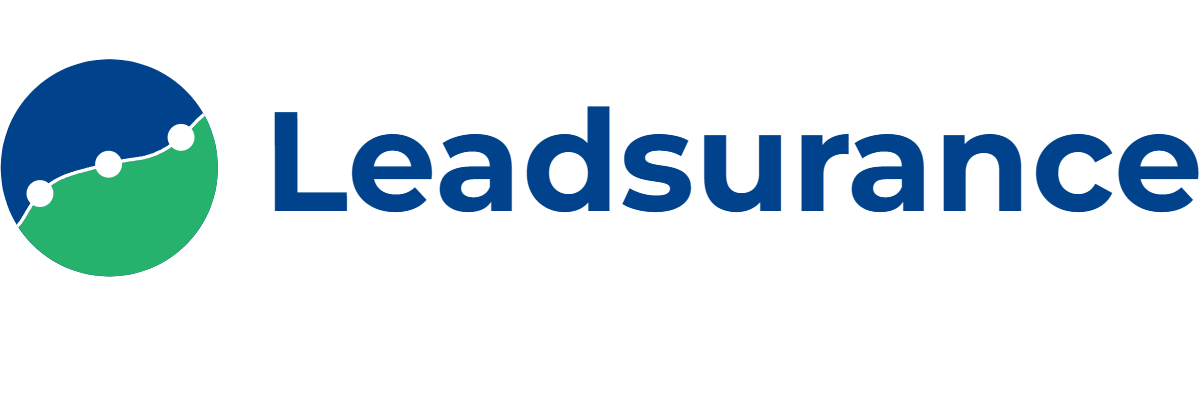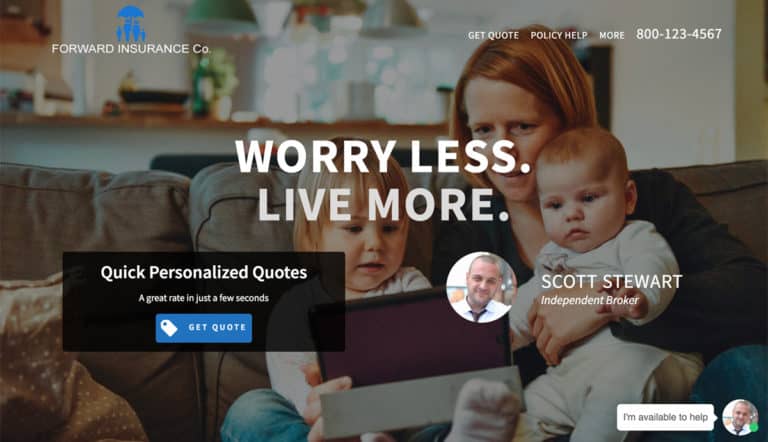In today’s digital age, social media has transcended beyond being just platforms for social networking. These dynamic platforms have evolved into powerful tools for professional growth and career development.
Whether you’re a budding entrepreneur, a seasoned professional, or somewhere in between, understanding how to leverage social media can significantly elevate your professional trajectory.
This comprehensive guide delves into practical strategies to help you harness the potential of social media for your career advancement.

1. Optimize Your Profiles For Professional Appeal
- Crafting a Compelling LinkedIn Profile: LinkedIn stands as the quintessential professional network. To make the most of LinkedIn, pay attention to every detail, including your profile and background images. Your LinkedIn backgrounds should reflect your professional persona or industry, creating a strong first impression. Additionally, ensure your profile is complete, with a detailed summary and up-to-date experience.
- Twitter as a Thought Leadership Platform: Twitter is excellent for sharing quick insights, industry news, and participating in relevant conversations. Your bio should succinctly state your professional expertise and interests.
- Facebook for Networking: While more informal, Facebook can be used professionally. Join industry-specific groups and follow company pages. Ensure your public profile is professional and aligns with your career objectives.
- Instagram for Visual Branding: Particularly for creatives, Instagram is a powerful tool for visual storytelling. Use your bio to describe your professional identity and use posts to showcase your work or industry involvement.
- YouTube for Sharing Expertise: If video content is your strength, YouTube can be an excellent platform to share tutorials, insights, or thought leadership in your field. Ensure your channel and video descriptions reflect your professional brand.
- Consistency is Key: Ensure uniformity in your professional representation across all platforms. This consistency helps in building a recognizable personal brand.
2. Engage With Relevant Content And Communities
- Sharing and Creating Valuable Content: Regularly post articles, infographics, or updates relevant to your field. This not only showcases your knowledge but also keeps you actively engaged with the latest industry trends.
- Commenting and Interaction: Don’t just post; interact. Comment on posts by others in your field, offer insights, and engage in meaningful discussions.
- Networking in Online Groups: Beyond joining, take an active role in online professional groups. Initiate discussions, share your expertise, and connect with other members.
- Use Hashtags Wisely: Utilize relevant hashtags to increase the visibility of your posts and engage with trending topics in your industry.
3. Utilize Social Media For Learning And Development
- Follow Industry Leaders and Influencers: Gain diverse perspectives and stay updated by following a variety of thought leaders and influencers in your field.
- Attend Webinars and Online Workshops: Participate in these events to expand your knowledge and skills. Engaging in the Q&A sessions and networking opportunities they offer can be highly beneficial.
- Participate in Twitter Chats and LinkedIn Discussions: These platforms offer structured conversations around specific topics, which can be a great way to learn and network.
4. Showcase Your Achievements And Milestones
- Document Your Professional Journey: Share updates about your career advancements, certifications, awards, or project completions.
- Visual Evidence of Work: Use images or videos to showcase your work or participation in industry events.
- Guest Posts and Collaborations: Collaborate with peers or industry influencers on projects or articles. Sharing these collaborations can significantly enhance your credibility.

5. Leverage Social Media For Job Hunting
- Utilize Job Search Features: Platforms like LinkedIn have dedicated sections for job listings. Use filters to find opportunities that match your skills and experience.
- Engage with Potential Employers: Like, comment, and share content from companies you’re interested in. This can get you noticed by potential employers.
- Personal Branding: Tailor your content and interactions to reflect the kind of roles you are interested in. This helps in attracting the right opportunities.
6. Maintain Professionalism And Digital Etiquette
- Be Mindful of What You Share: Every post, comment, or like should align with the professional image you want to project.
- Respect Online Interactions: Professionalism is key in online interactions. Avoid heated arguments and maintain a respectful tone.
- Privacy Settings and Personal Information: Regularly review your privacy settings to control who sees what on your profile. Be cautious about sharing personal information.
7. Harness The Power Of Social Listening
- Monitor Industry Trends: Use social media tools to keep track of what’s trending in your industry. This can inform your content strategy and help you stay ahead of the curve.
- Feedback and Insights: Pay attention to what others say about your field, your brand, or your content. This feedback can be invaluable for personal and professional growth.
- Competitor Analysis: Observe how competitors and industry leaders use social media. This can provide insights into effective strategies and new opportunities.
8. Leverage Social Media Analytics
- Track Engagement and Reach: Regularly monitor key metrics such as likes, shares, comments, and views to understand how your audience interacts with your content. This insight helps in determining what resonates with your followers.
- Analyze Follower Growth and Demographics: Keep an eye on your follower count, but also pay attention to who your followers are. Analyzing demographics (like location, age, profession) can help tailor your content more effectively.
- Optimize Posting Times: Use analytics to identify when your audience is most active. Posting during these peak times can increase visibility and engagement.
- Content Performance Analysis: Identify which types of content (articles, videos, images) perform best. This helps in strategizing your content creation to maximize engagement.
- Refine Your Strategy: Utilize the insights from analytics to continually refine your approach. Test different types of posts and strategies to see what yields the best results.
- Monitor Traffic to External Sites: If you’re sharing links to a blog or website, use analytics to track how much traffic is driven from your social media channels. This can be crucial for evaluating the ROI of your social media efforts.
- Goal Setting and Measurement: Set specific, measurable goals for your social media activities (like increasing professional connections, enhancing brand visibility, or generating leads). Regularly review analytics to assess progress and adjust tactics as necessary.
- Engage with Audience Insights: Analytics can also provide insights into what your audience is discussing and their opinions. Engaging with these insights can help in building stronger connections and tailoring your communication effectively.
Conclusion
Social media, when used strategically, can be a potent tool for professional growth. By optimizing your profiles, engaging with relevant content and communities, showcasing your achievements, and maintaining digital etiquette, you can effectively build and manage your online presence. Remember, in the realm of social media, consistency, and authenticity are key. Embrace these platforms not just as tools for networking, but as catalysts for your ongoing professional development and success.






